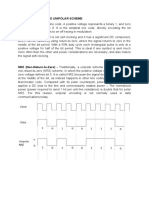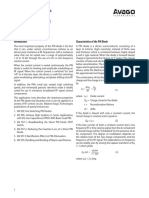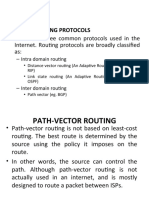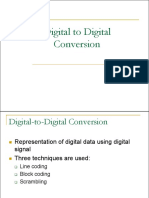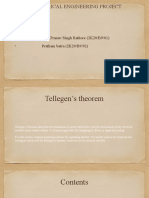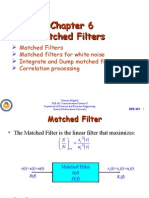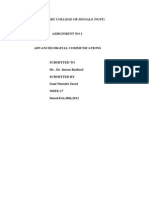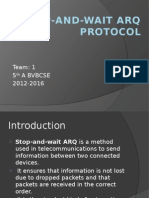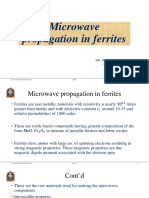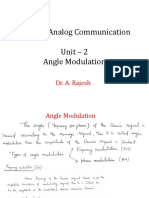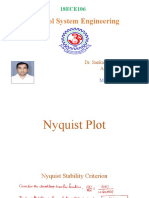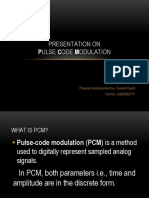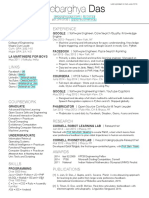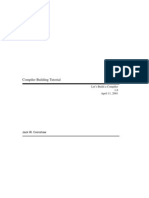0% found this document useful (0 votes)
120 views48 pagesChapter10 (Error Detection and Correction)
The document summarizes key aspects of error detection and correction at the data link layer. It describes common types of errors like single-bit errors and burst errors. It then explains various error detection techniques including parity checks, cyclic redundancy checks (CRCs), and checksums. Finally, it discusses error correction methods like single-bit correction using parity bits and the relationship between the number of data bits and required redundancy bits.
Uploaded by
Rahil HussainCopyright
© © All Rights Reserved
We take content rights seriously. If you suspect this is your content, claim it here.
Available Formats
Download as PPT, PDF, TXT or read online on Scribd
0% found this document useful (0 votes)
120 views48 pagesChapter10 (Error Detection and Correction)
The document summarizes key aspects of error detection and correction at the data link layer. It describes common types of errors like single-bit errors and burst errors. It then explains various error detection techniques including parity checks, cyclic redundancy checks (CRCs), and checksums. Finally, it discusses error correction methods like single-bit correction using parity bits and the relationship between the number of data bits and required redundancy bits.
Uploaded by
Rahil HussainCopyright
© © All Rights Reserved
We take content rights seriously. If you suspect this is your content, claim it here.
Available Formats
Download as PPT, PDF, TXT or read online on Scribd
/ 48









